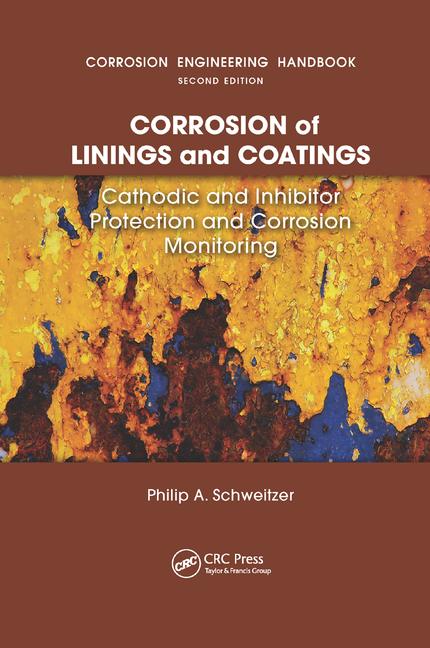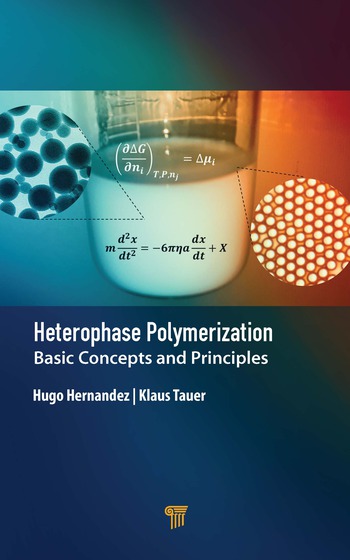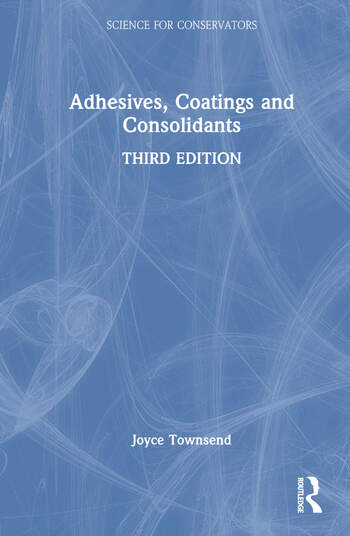EPA Proposes Ban on Most Uses of Methylene Chloride

Image of world graphic with News. Courtesy of Getty Images.
The U.S. Environmental Protection Agency (EPA) announced the latest action to protect public health under the Toxic Substances Control Act (TSCA), proposing a ban on most uses of methylene chloride, a chemical known to cause serious health risks and even death. The chemical can affect not only those who work directly with it, but also workers nearby who are not in direct contact with the chemical, consumers, those close to consumers, and neighborhoods close to factories where the chemical is being used.
“The science on methylene chloride is clear, exposure can lead to severe health impacts and even death, a reality for far too many families who have lost loved ones due to acute poisoning,” said EPA Administrator Michael S. Regan. “That’s why EPA is taking action, proposing to ban most uses of this chemical and reduce exposures in all other scenarios by implementing more stringent workplace controls to protect worker health. This historic proposed ban demonstrates significant progress in our work to implement new chemical safety protections and take long-overdue actions to better protect public health.”
Since 1980, at least 85 people have died from acute exposure to methylene chloride, largely workers engaged in home renovation contracting work. Many more have experienced severe and long-lasting health impacts, including neurotoxicity, liver damage, and cancer from inhalation and dermal exposure. Methylene chloride is used in a variety of ways including consumer uses such as aerosol degreasers and brush cleaners for paints and coatings, commercial applications such as adhesives and sealants, and in industrial settings for making other chemicals. For example, methylene chloride is used as a chemical intermediate in the production of hydrofluorocarbon (HFC) 32, which is used in refrigerant blends developed to replace substances with higher global warming potential.
EPA’s proposed risk management rule would phase down manufacturing, processing, and distribution of methylene chloride over the next 15 months. For most of the uses of methylene chloride that EPA is proposing to prohibit, EPA’s analysis found that alternative products with similar costs and efficacy to methylene chloride are generally available.
“Today, EPA took an important step forward in meeting its obligations under the TSCA by proposing to limit the use of methylene chloride—a chemical linked to serious health risks,” said Senator Tom Carper, chairman of the senate environment and public works committee. “This science-based proposal is exactly the kind of common sense protection that Congress envisioned when we passed the Frank R. Lautenberg Chemical Safety for the 21st Century Act nearly 7 years ago. I applaud the Biden Administration’s commitment to prioritizing the safety of our workers, families and communities, and I am committed to ensuring EPA has the necessary resources to continue reviewing chemicals that pose the greatest risk to human health.”
For the industrial manufacturing, industrial processing, and federal uses that EPA is not proposing to prohibit, EPA is proposing a workplace chemical protection program with strict exposure limits to better protect workers. These proposed requirements would allow the continued processing of methylene chloride to produce chemicals that are important in efforts to reduce global warming outlined in the American Innovation and Manufacturing Act. Climate-friendly refrigerants and other chemicals play a significant role in combatting climate change and EPA’s proposed rule supports continued efforts to reduce emissions.
EPA consulted with the Occupational Safety and Health Administration (OSHA) while developing this proposed rule and the proposed risk-based limits are based on recent data and meet the TSCA requirement to eliminate the unreasonable risk. Employers would have one year after the finalization of the risk management rule to comply with the worker chemical protection plan.
EPA encourages members of the public to read and comment on the proposed rule. EPA is especially interested in hearing perspective on the feasibility and efficacy of the proposed requirement for worker protections from entities that would be required to implement the proposed program. In the coming weeks, EPA will host a public webinar targeted to employers and workers, but useful for anyone looking for an overview of the proposed regulatory action to discuss the proposed program. The date, time, and registration information will be announced soon.
EPA will accept public comments on the proposed rule for methylene chloride for 60 days following publication in the Federal Register via docket EPA-HQ-OPPT-2020-0465 at www.regulations.gov.
To learn more, visit www.epa.gov.
Looking for a reprint of this article?
From high-res PDFs to custom plaques, order your copy today!





.jpg?height=200&t=1676382930&width=200)


